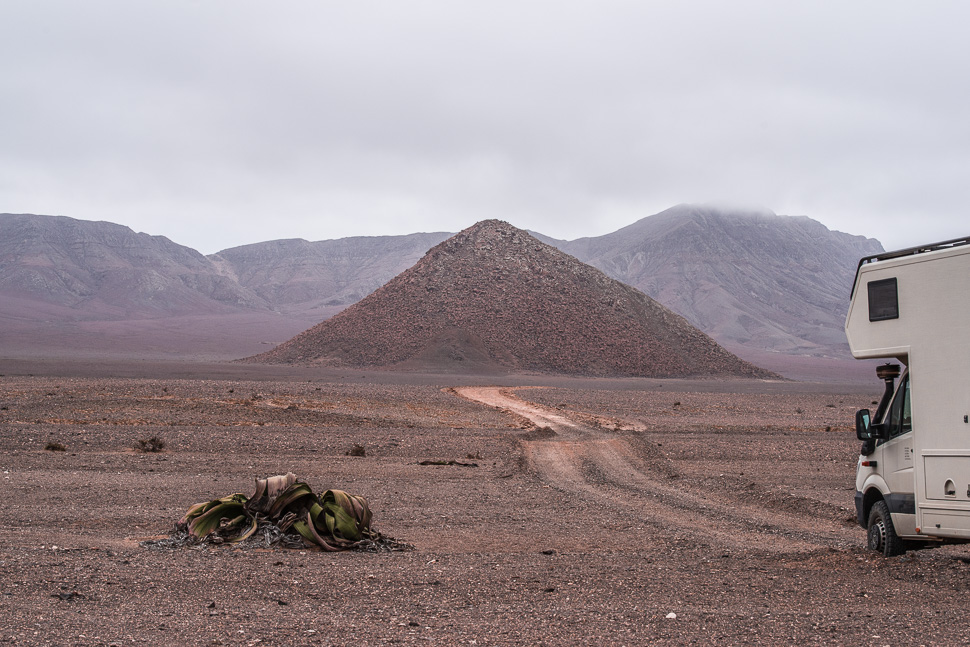
From the coast there is a 95 km long route, which takes you inland to the Messum crater, into the caldera and back following the Messum River until you reach the coastal road again. We decided to stay at the crater for one night, to enjoy the beauty of the landscape and have time to explore it a little bit longer.
As we got closer to the crater, the first welwitschias appeared. We were driving in a kind of riverbed, where they find enough water.
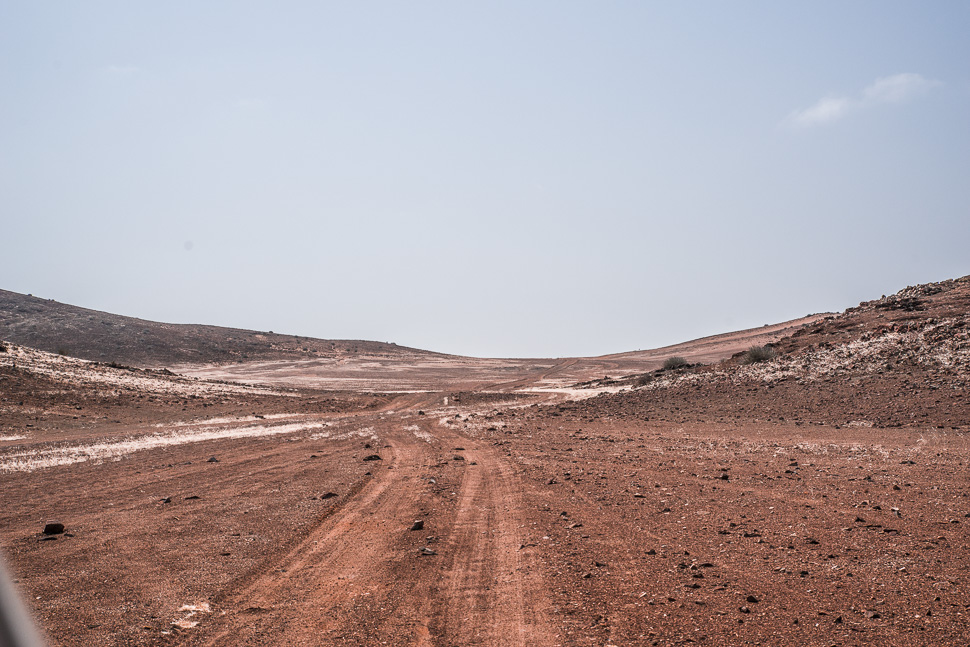
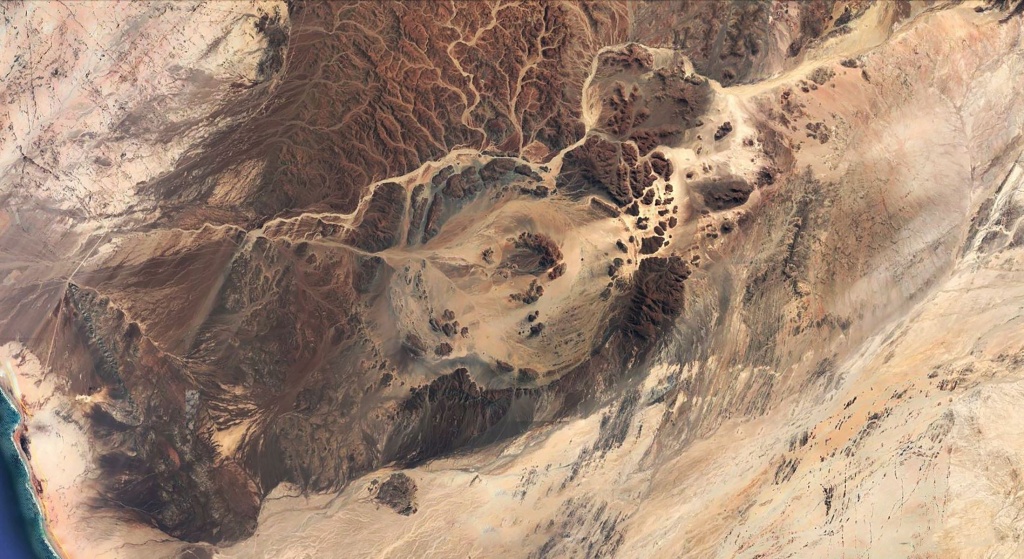
The Messum crater was formed about 130 million years ago in connection with the breakup of the Gondwana continent. The wall surrounding the funnel is formed by a chain of hills 22 km in diameter and rising 200 meters above the surrounding plains.
It was named after Captain W. Messum, who was an explorer of the coastal regions of Southern Africa, which he surveyed from the ocean between 1846 and 1848.
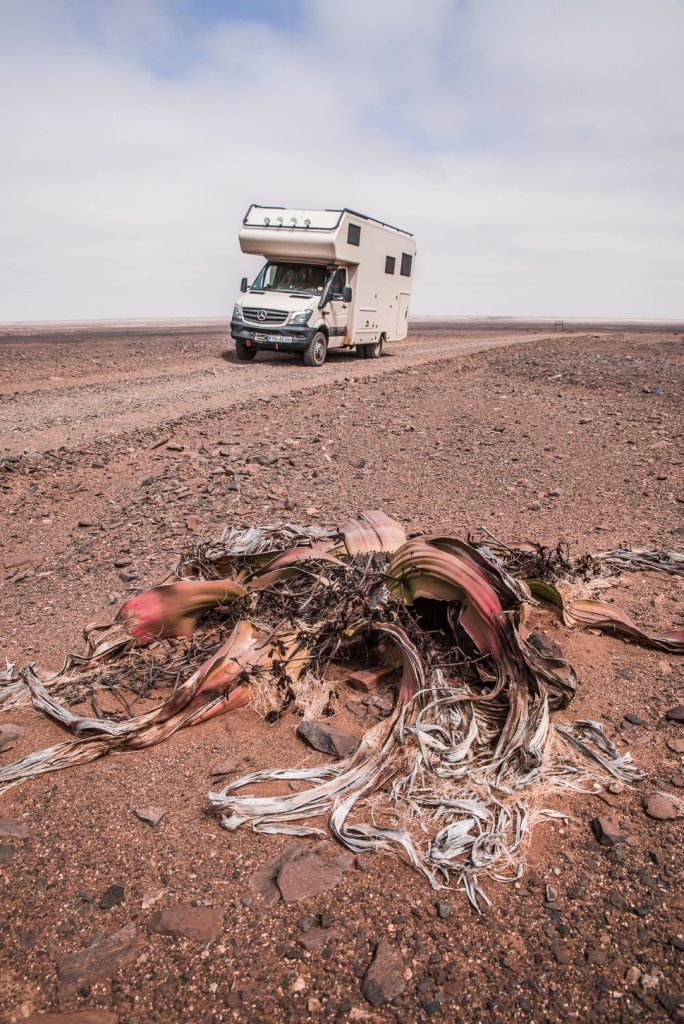
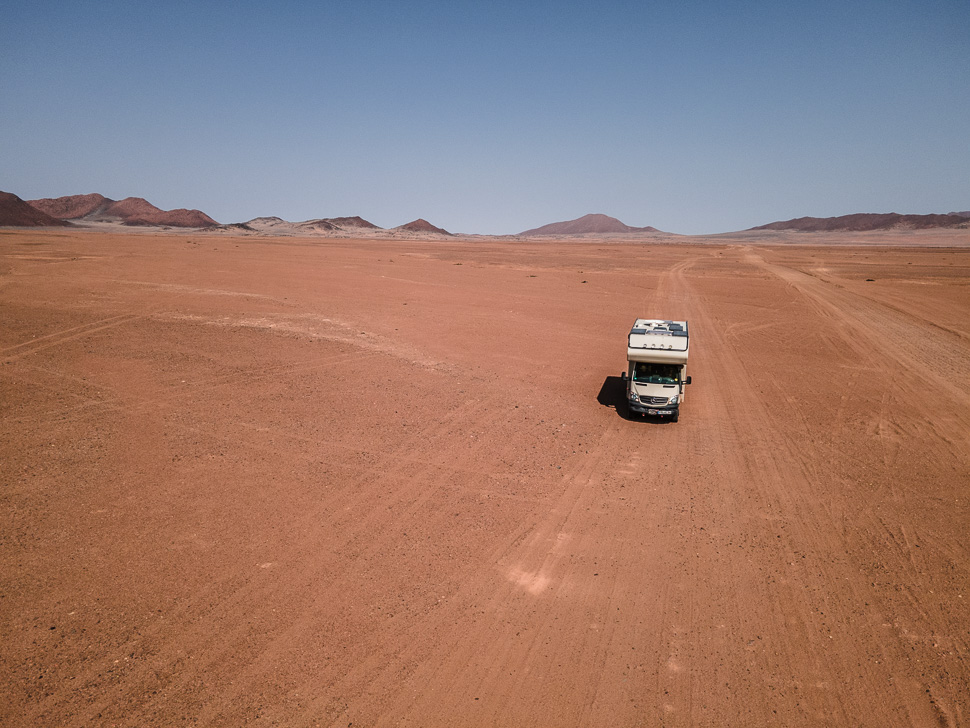
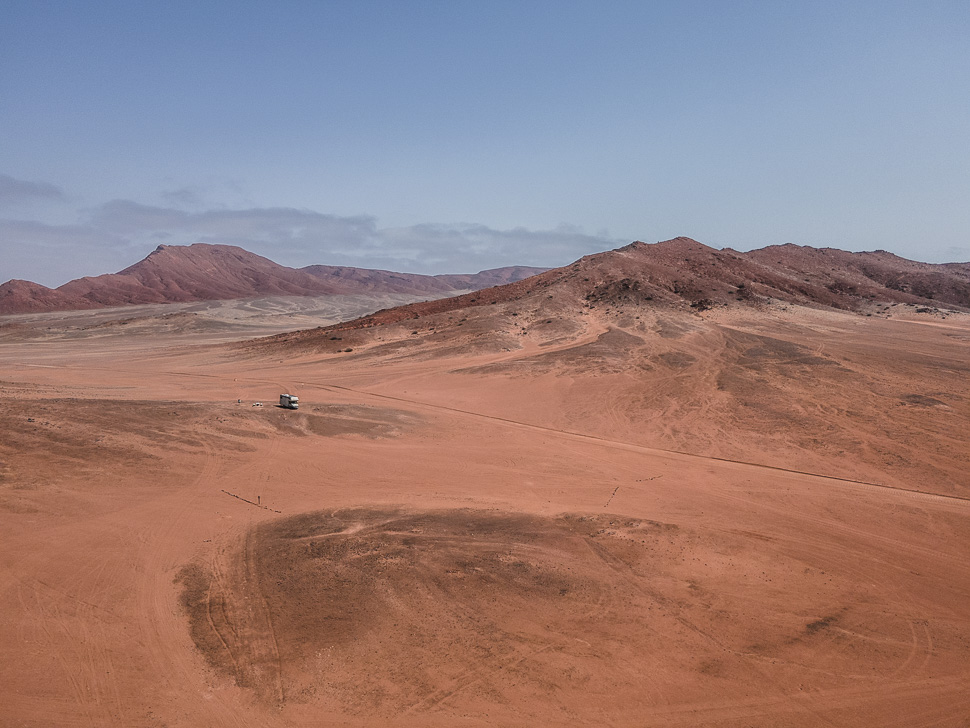
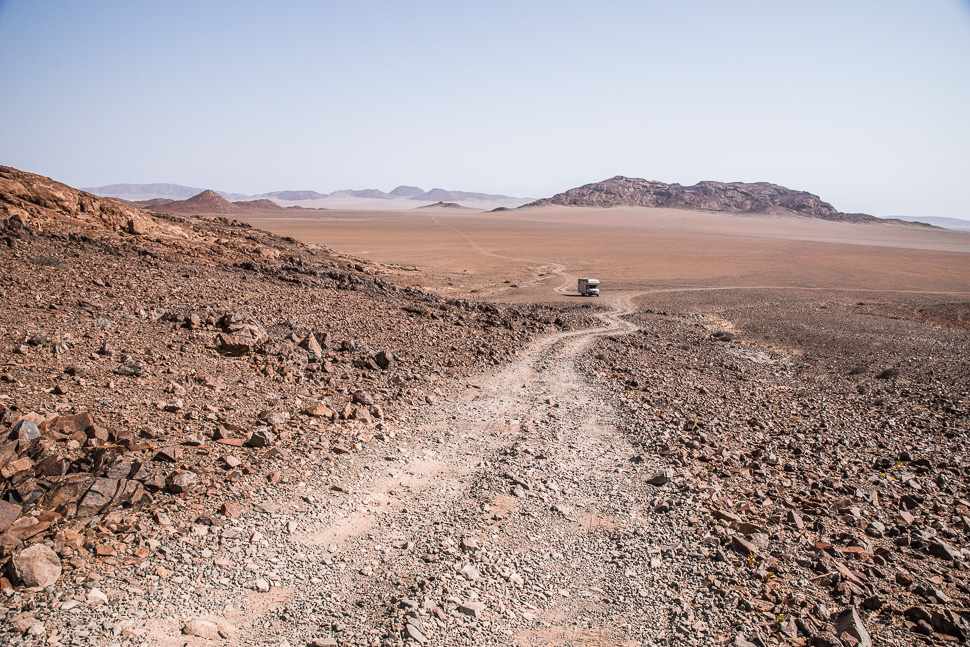
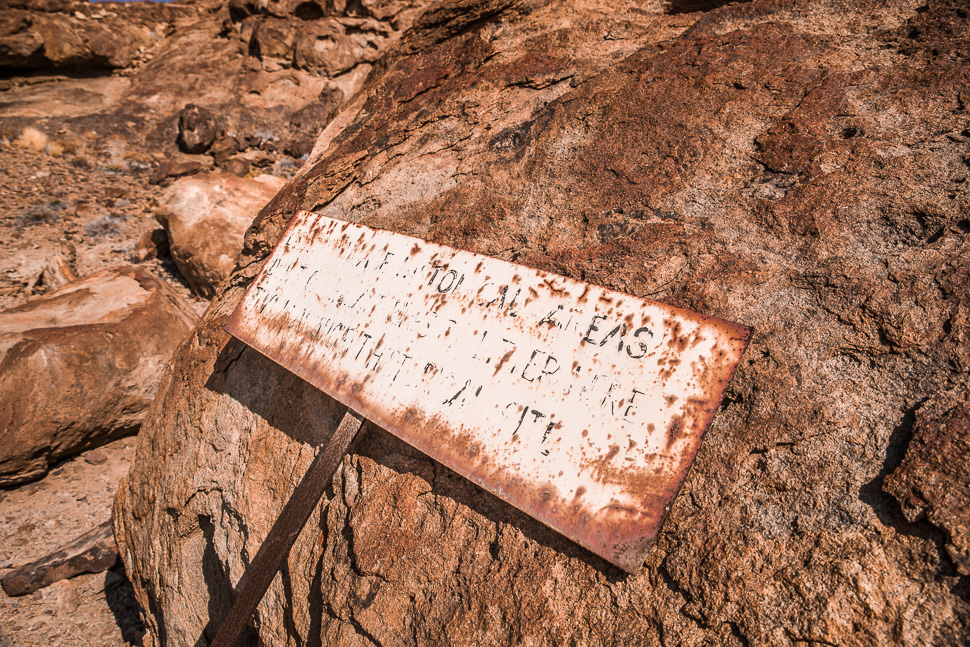
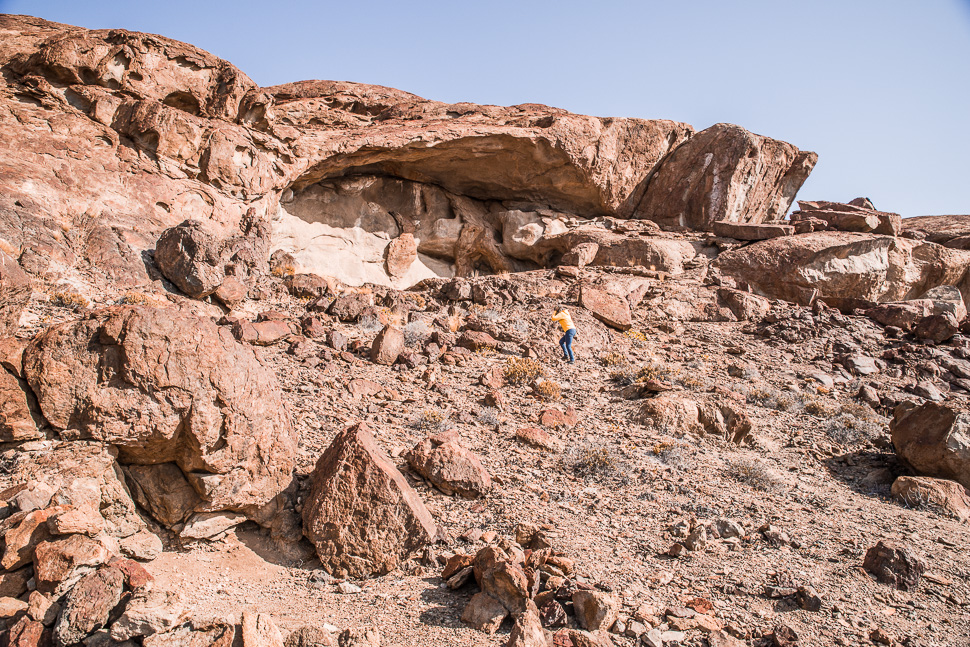
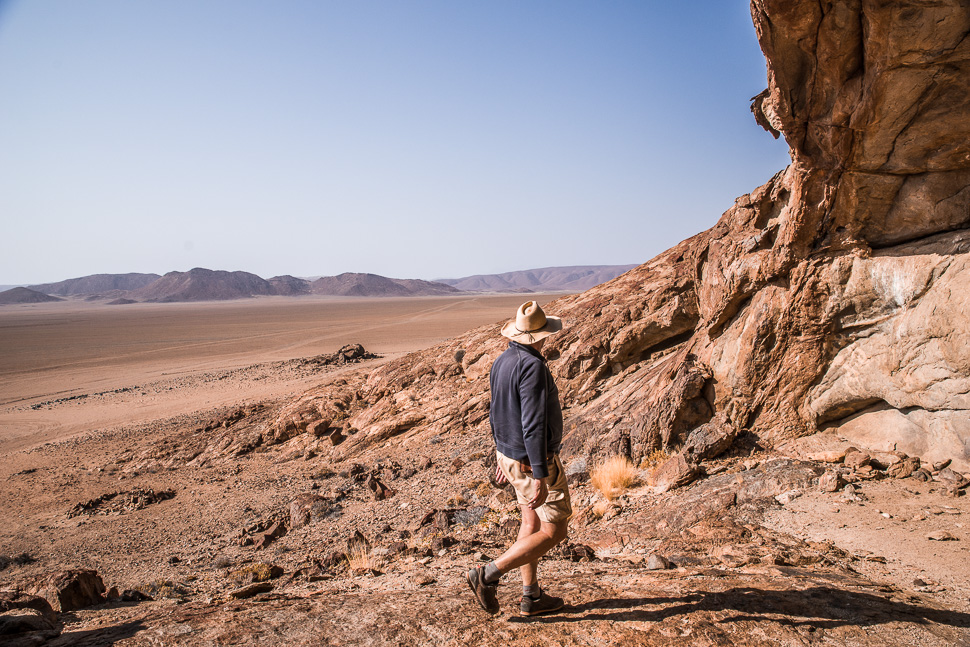
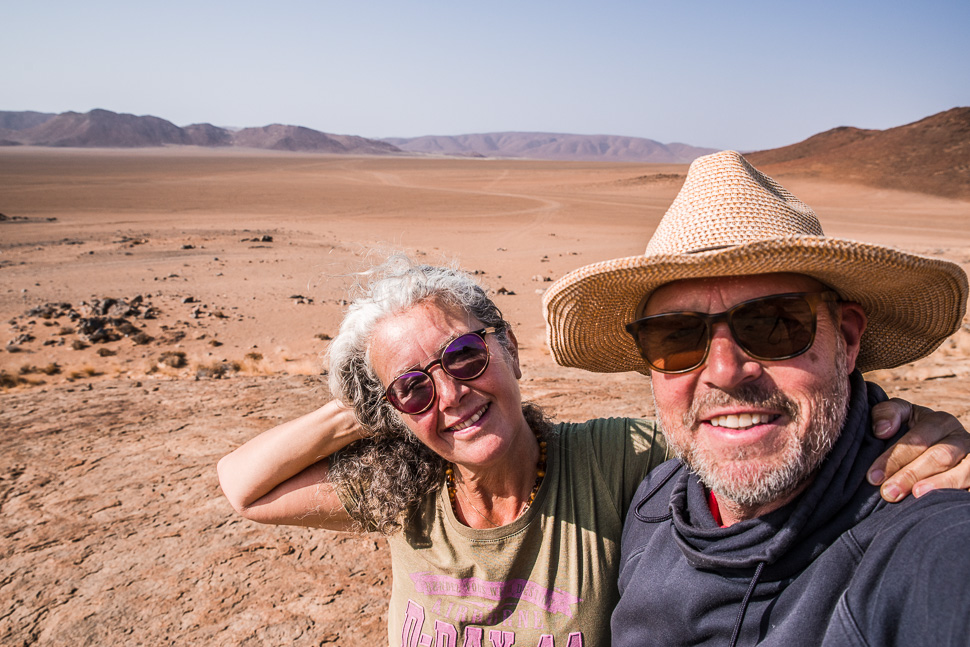
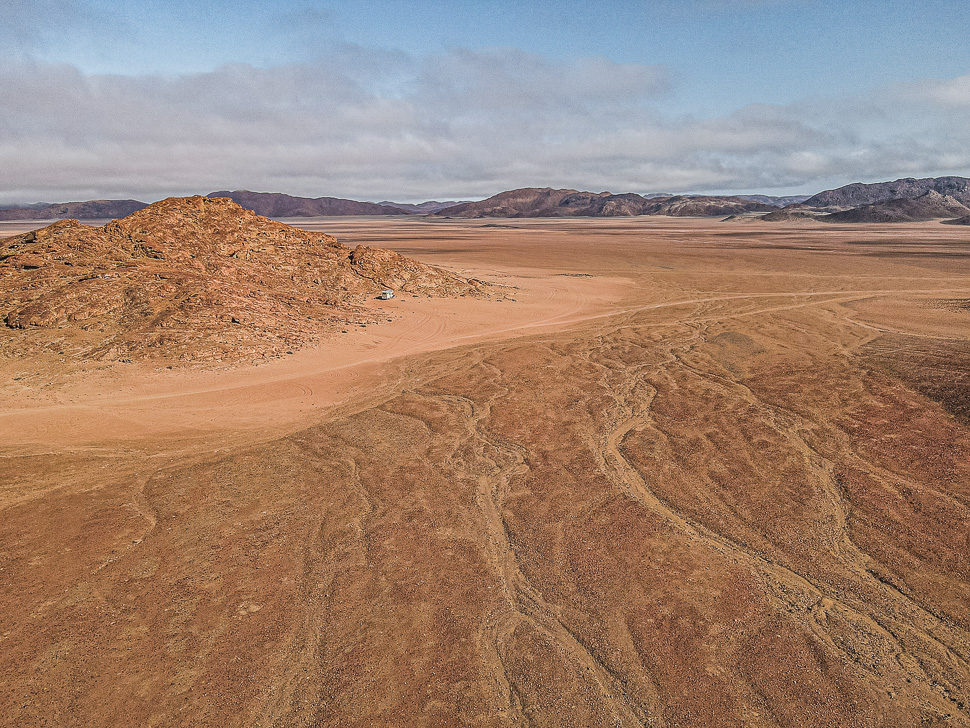
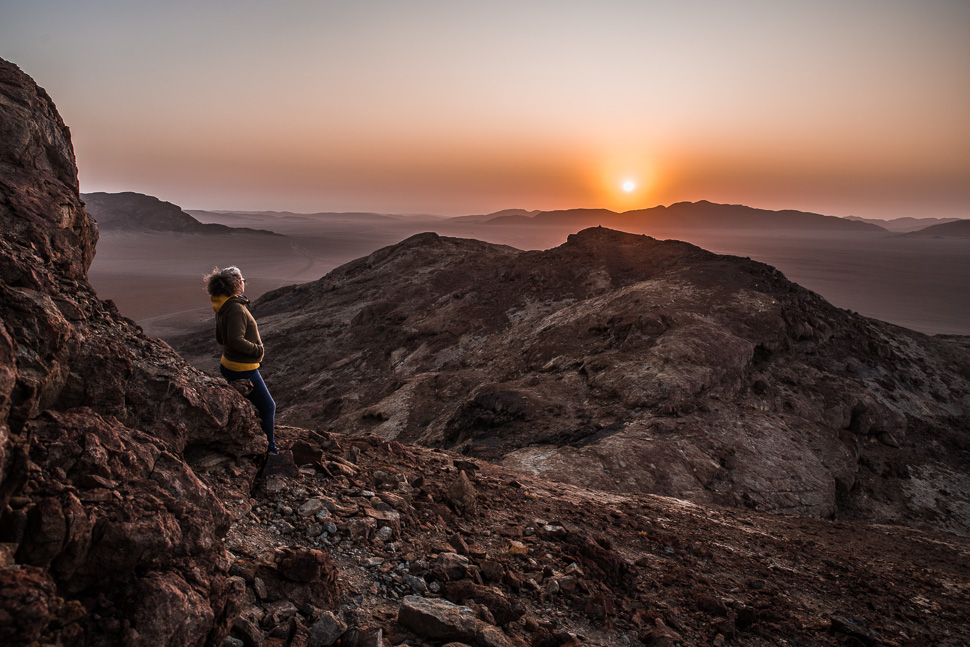
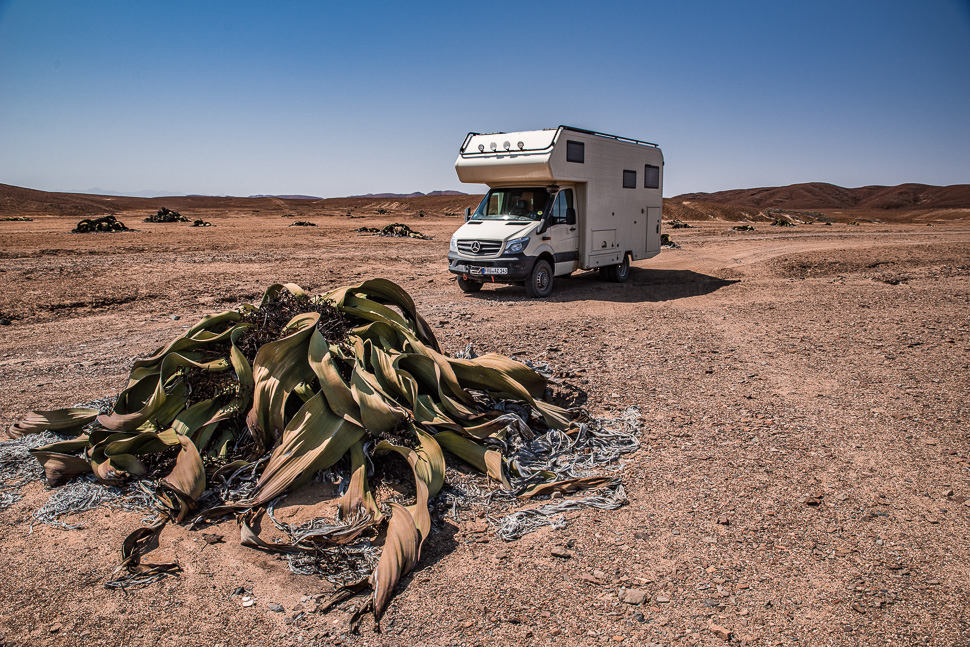
On the way back, we followed the Messum River, with numerous welwitschias dotting the river bed. We came across many big specimen just next to the pad.
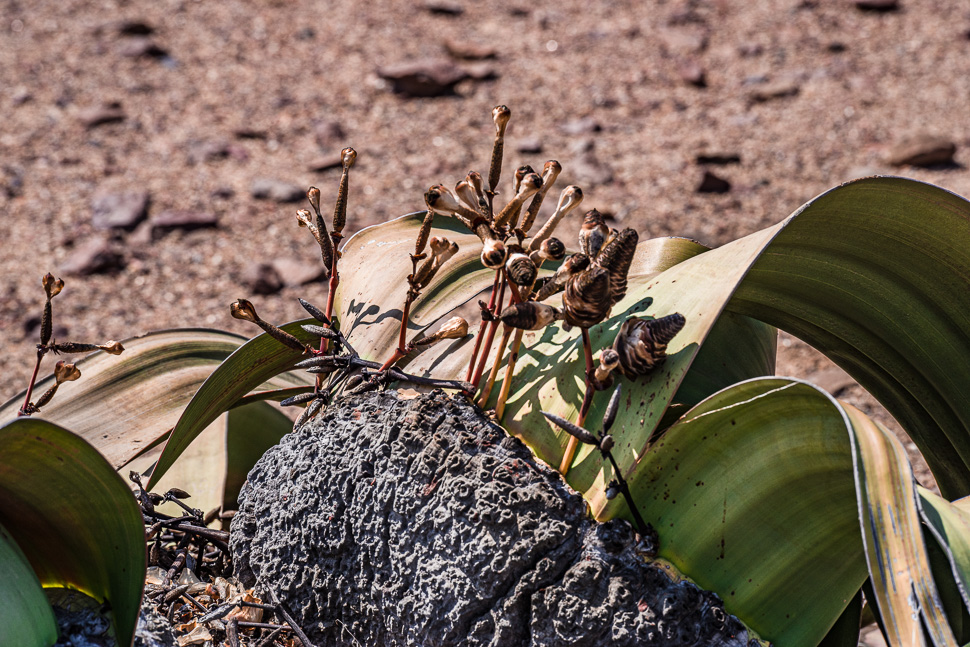
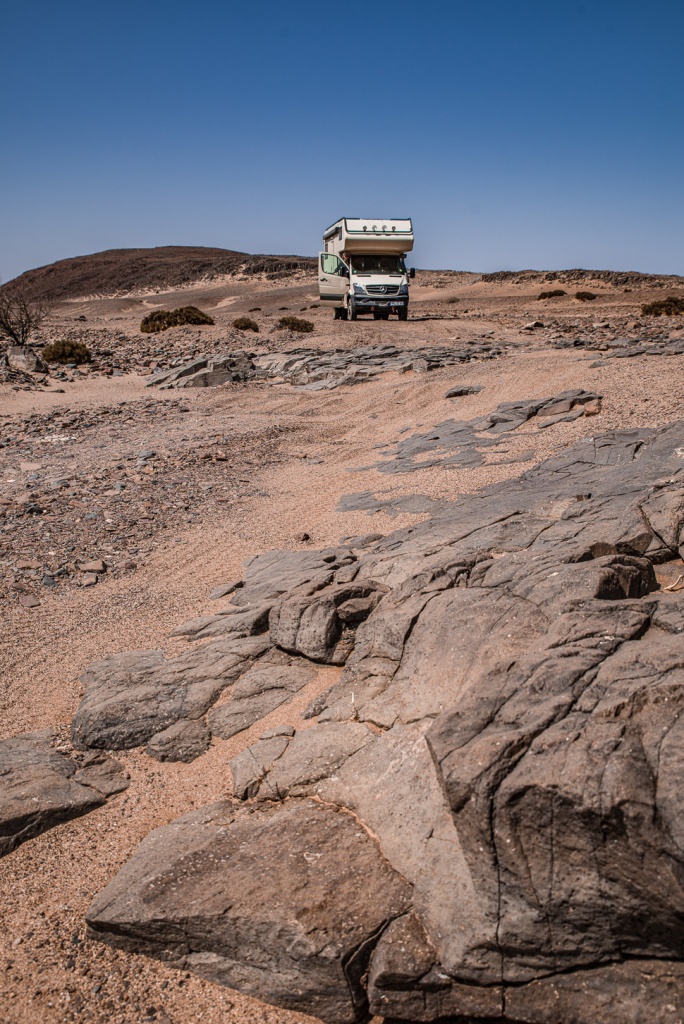
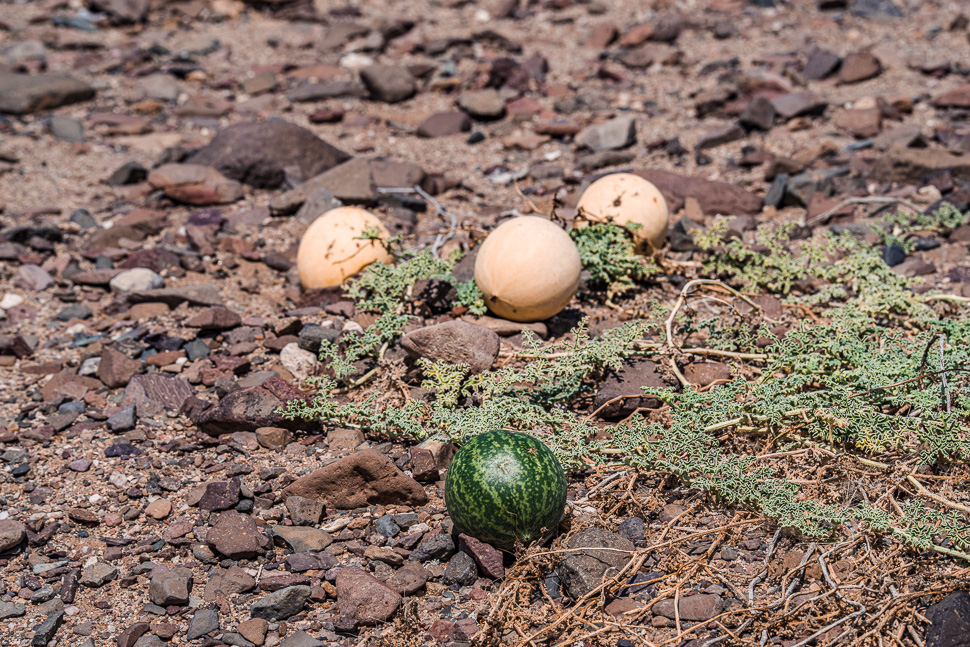
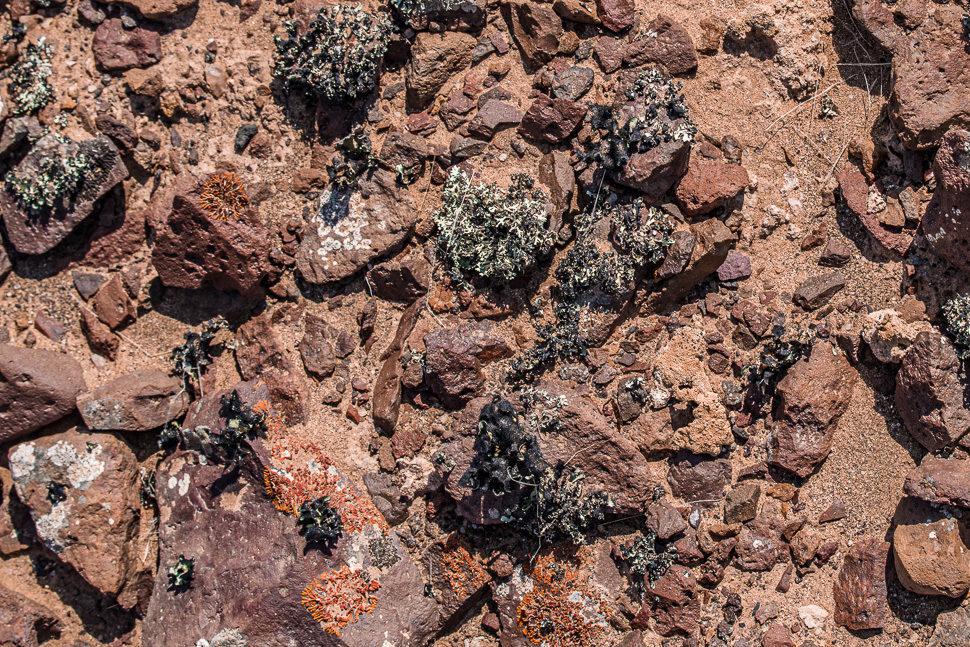
More than 18 000 lichen species have been identified worldwide and Namibia hosts at least 100 different ones. These are found from the coastal Namib and gravel plains of the desert to the Waterberg Plateau in central Namibia. Rather than plants they are organisms that represent a mutualism between algae and fungi. The algae are the dominant partners, changing sunlight via chlorophyll into the nutrients the organisms need to survive. The fungi at the bottom, which form the biggest part of the organism, mainly provide support, as well as absorbing minerals from the earth to feed the algae.
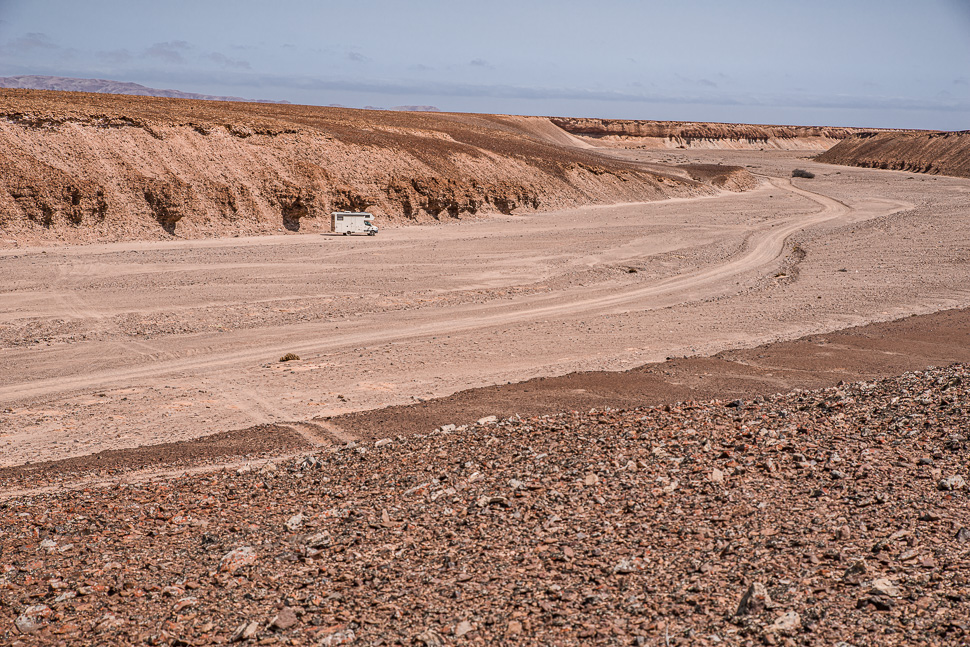
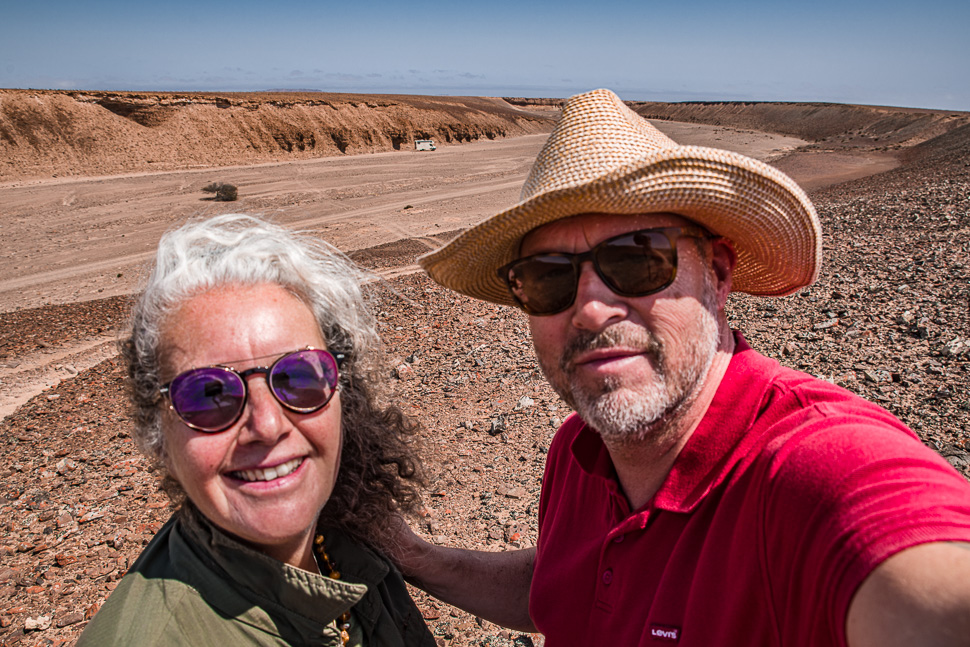
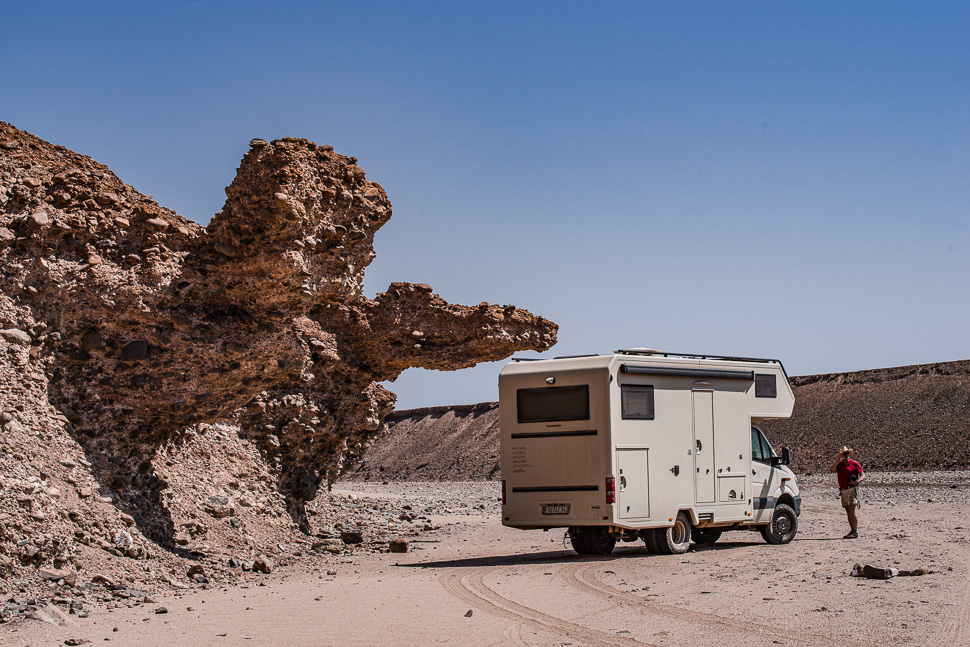
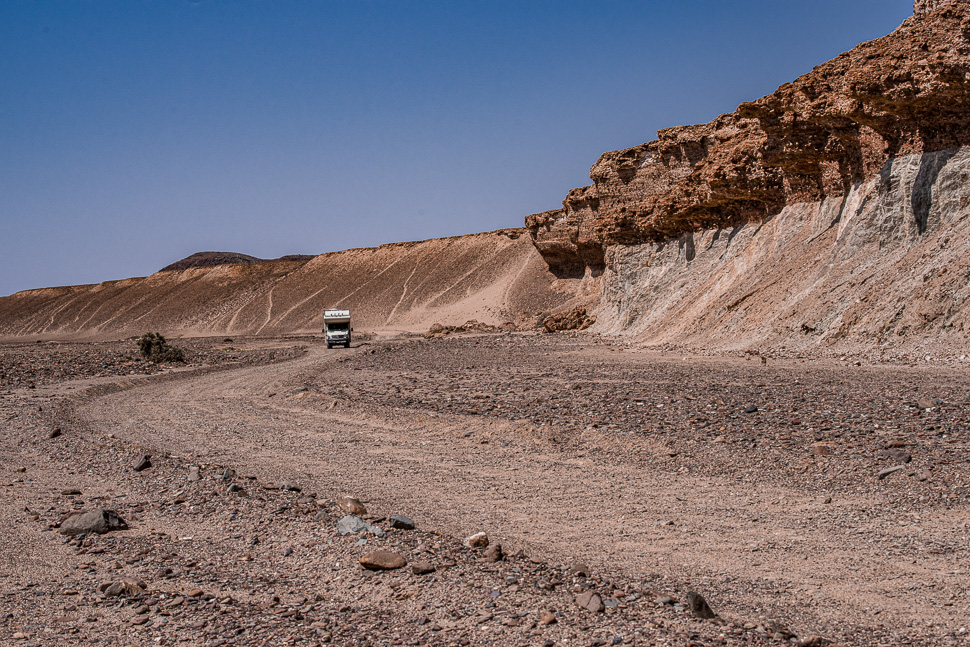
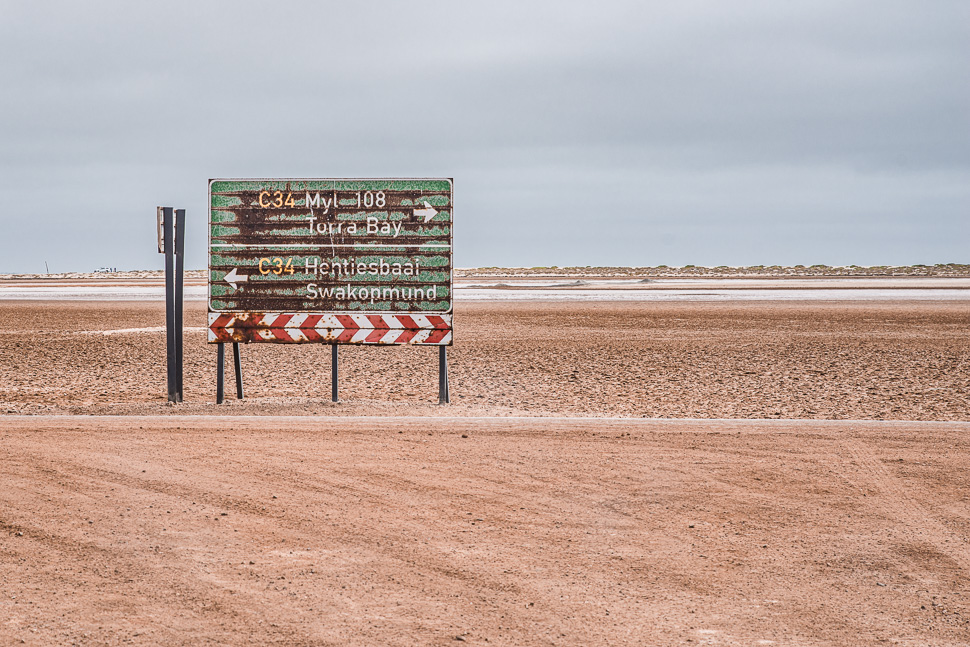
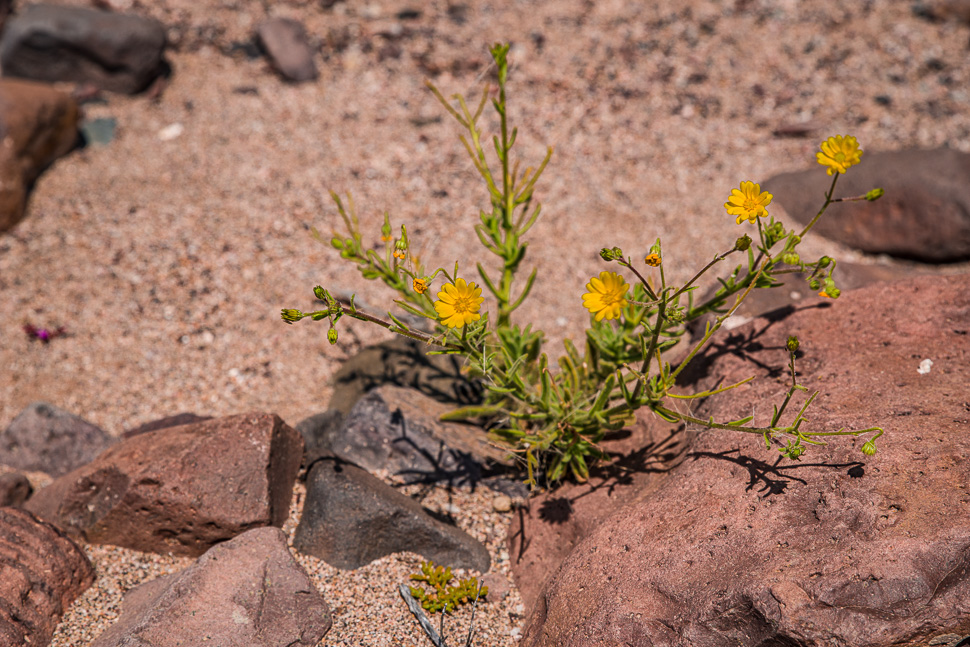
We will now continue along the coast, to the Skeleton Coast Park – more on our next post!
